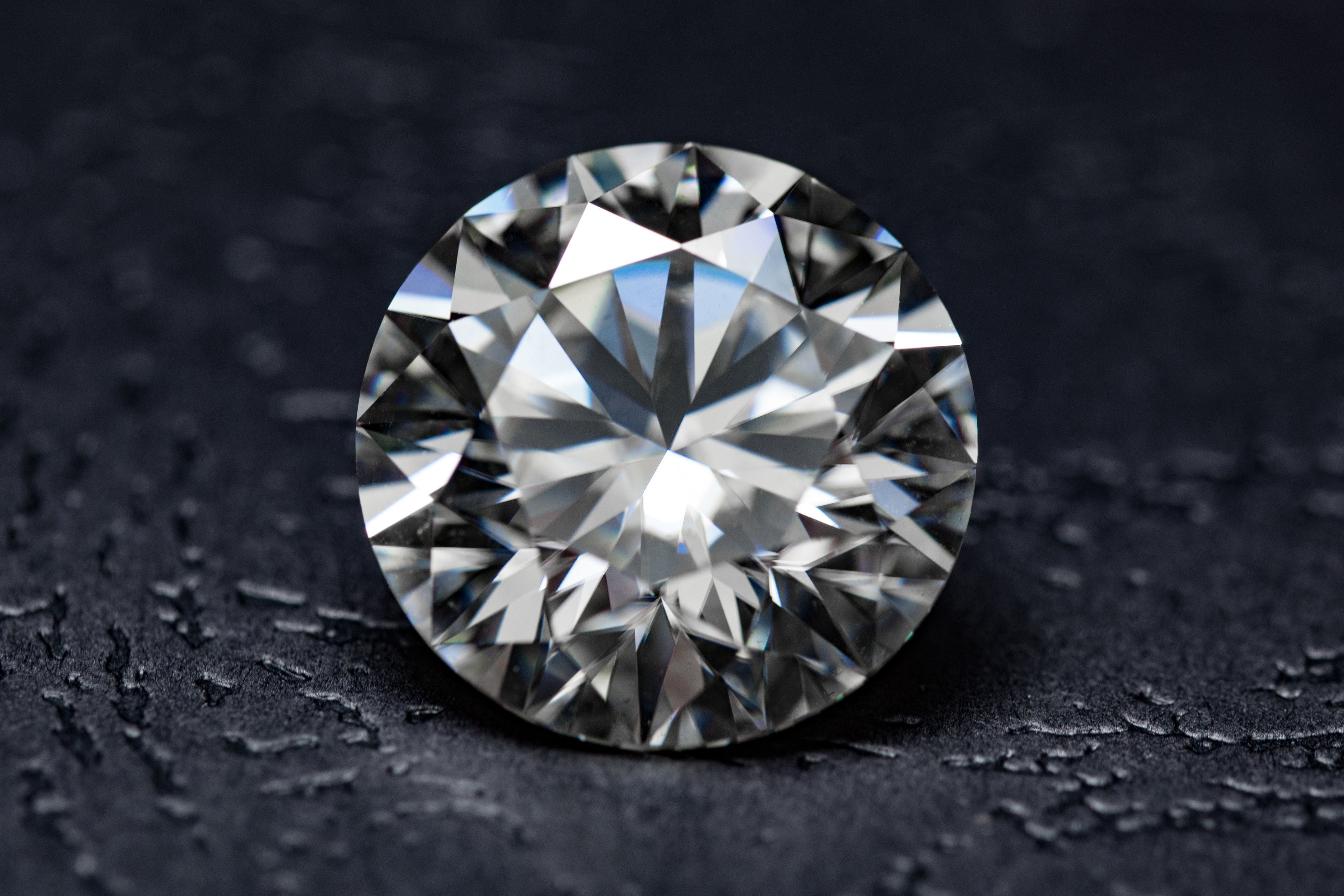A major advantage that lab-grown diamonds bring over mine diamonds is not only the cheaper price - lab diamonds have far more positive aspects to offer.
Lab-grown diamonds can offer a real, sustainable alternative
Lab-grown diamonds have a vanishingly small ecological footprint compared to mine diamonds. The serious interference with nature caused by mining can be avoided entirely here. In countries like Angola, for example, large areas of nature have already been destroyed by diamond mining. Instead, the same conditions are imitated in the laboratory under which diamonds are normally created in nature over millions of years.
But here too, not all laboratory diamonds are the same. There are many manufacturers, especially in China or India, who produce their diamonds in the laboratory with the help of coal-fired electricity and under sometimes poor working conditions. The fact that a diamond was produced in a laboratory does not necessarily mean that it is sustainable or conflict-free. It is therefore important to check carefully, even in the case of laboratory diamonds, whether a company is demonstrably selling sustainable diamonds.
The ethical and social aspects speak in favour of lab diamonds in any case.
Laboratory diamonds, such as DIAVON's MANUFAKTURDIAMANTⓇ, are 100% conflict-free. Such diamonds guarantee that the stones are not mined in violation of human rights.
Moreover, by buying a lab grown diamond, you can be sure that you are not supporting child labour. Lab-grown diamonds offer much more transparency than diamonds from mines, as the value chain is much easier to trace. A laboratory diamond is given its own ID, i.e. a number, the moment the manufacturing process is initiated in the laboratory, so that it can be tracked throughout the entire value-added process.
In addition, the purchase of a laboratory diamond ensures that no blood diamonds are acquired, i.e. diamonds that may have contributed to the financing of wars and terror.
A current example of conflict-affected mining diamonds is diamonds from Russia. The Russian company Alrosa accounts for almost one third of the rough diamonds mined worldwide. These diamonds are still allowed to be exported to the EU, as it was not possible to agree on sanctions here that would comprehensively restrict the diamond trade for Russia. Since a large part of the company belongs to the Russian Federation, buying these diamonds is in fact supporting Russia and helping to finance the war against Ukraine.
Coloured diamonds become affordable
Thanks to a high-tech process, "fancy colour diamonds", i.e. coloured diamonds in yellow, blue, pink etc., are becoming affordable. In nature, these coloured diamonds only occur extremely rarely, which makes them practically priceless. In the laboratory, however, they can be produced in such a way that they are optically, physically and chemically identical to their pedants from the mine. This offers jewellery designers or goldsmiths completely new possibilities to develop creative and unique designs.
Identical properties, same quality
Lab-grown diamonds are in no way inferior to mine diamonds, because diamonds produced in the lab have the same properties as those from the mine. The only difference is in the origin. Every lab grown diamond is just as unique as a diamond from the earth. Even accidental air inclusions can occur during the manufacturing process in the laboratory, just as they develop over millions of years under the earth's surface.
Due to their optical, chemical and physical properties, laboratory diamonds are "real" diamonds and not only offer price advantages, but can also stand out from mine diamonds, especially with regard to environmental protection and a socially just value chain.



Share:
How are laboratory diamonds produced?
Natural diamond vs. man-made diamond - a comparison